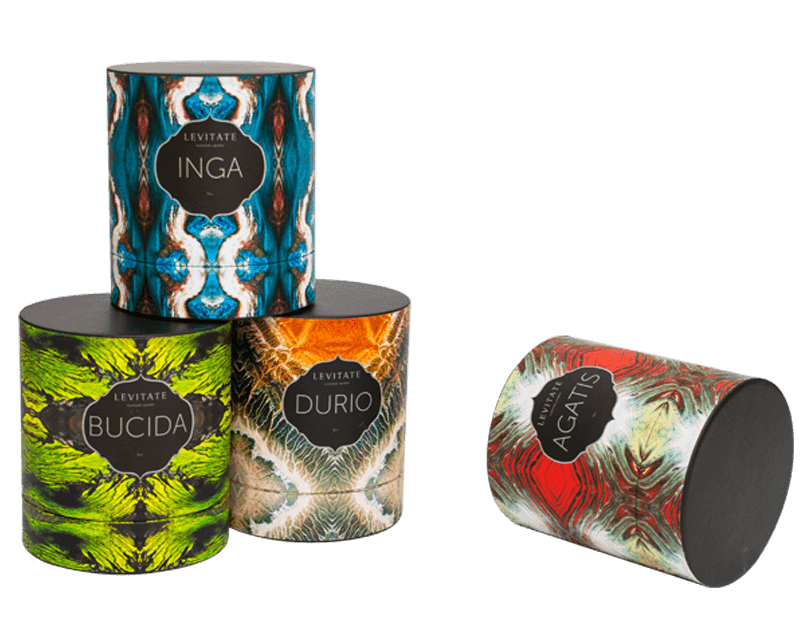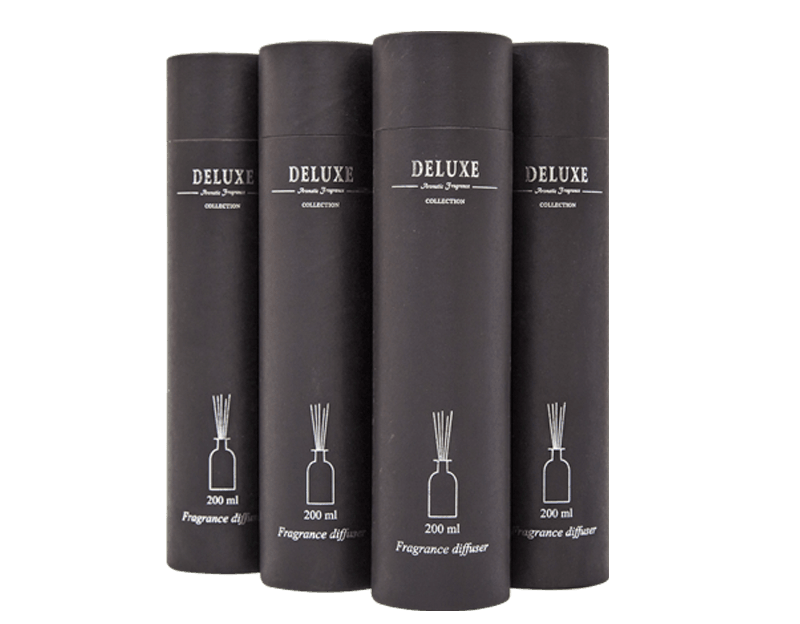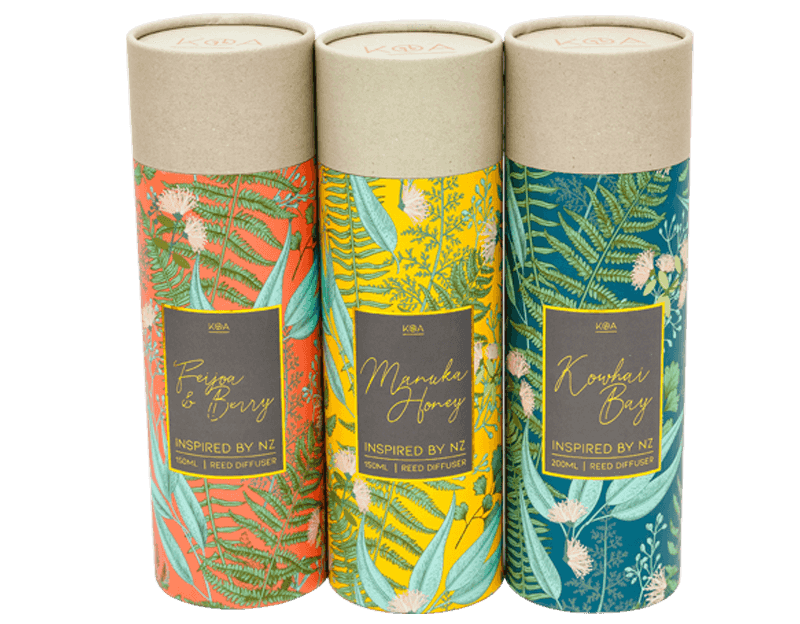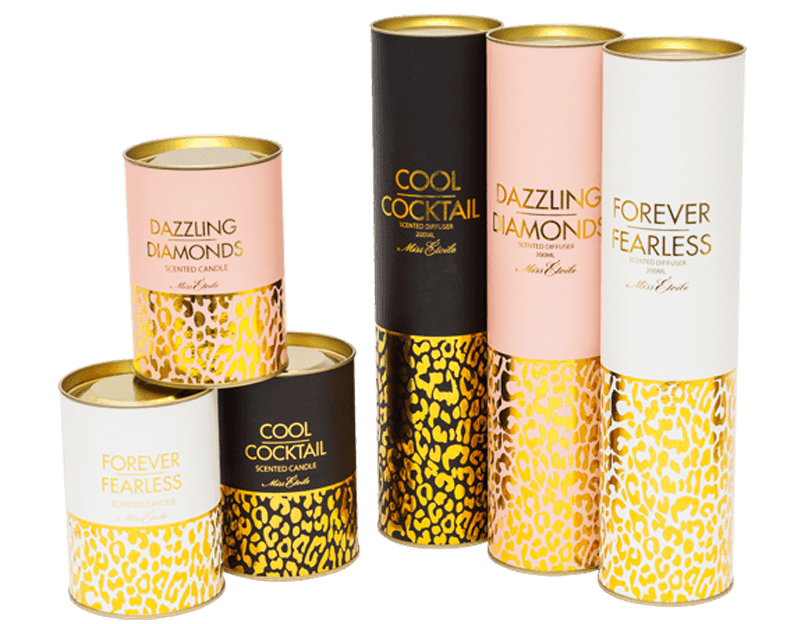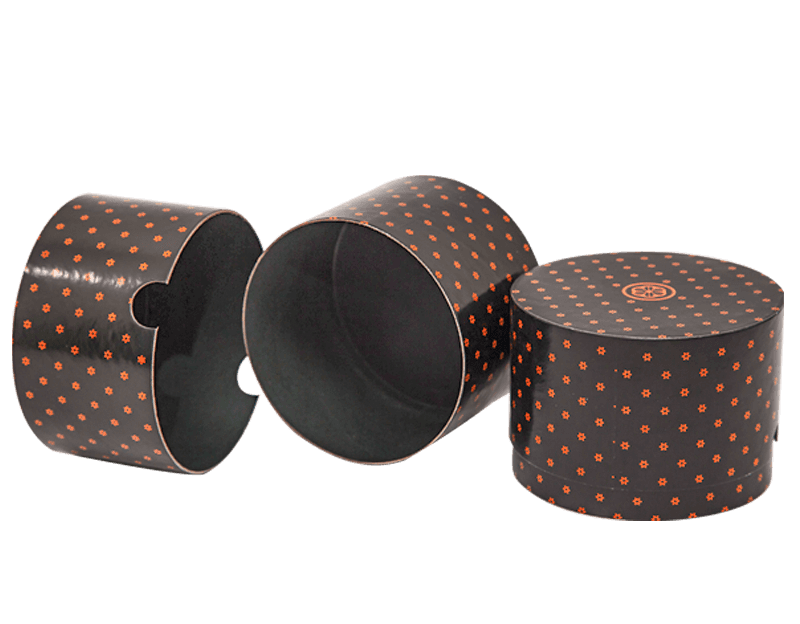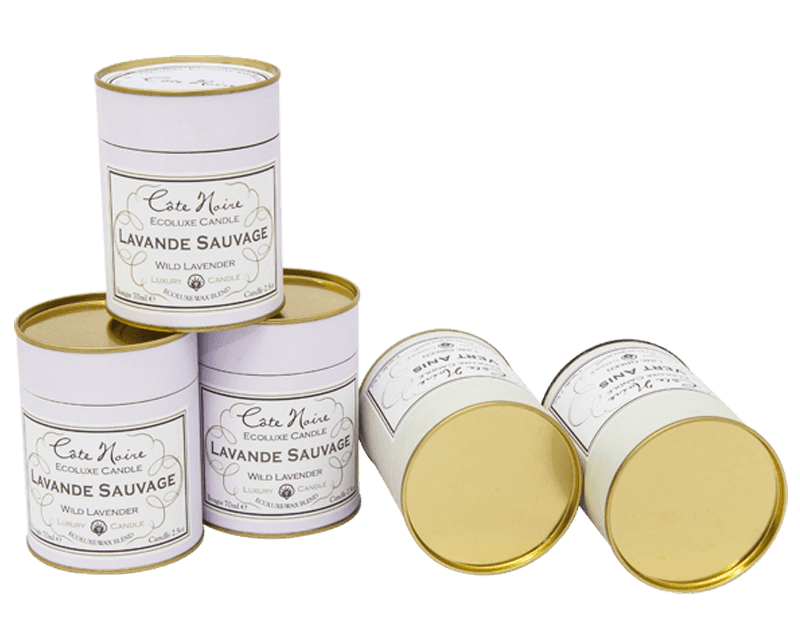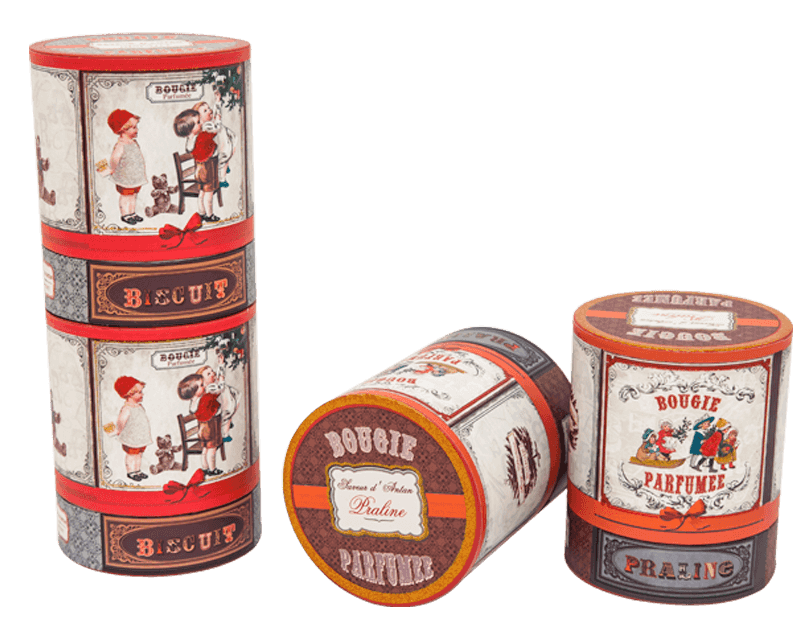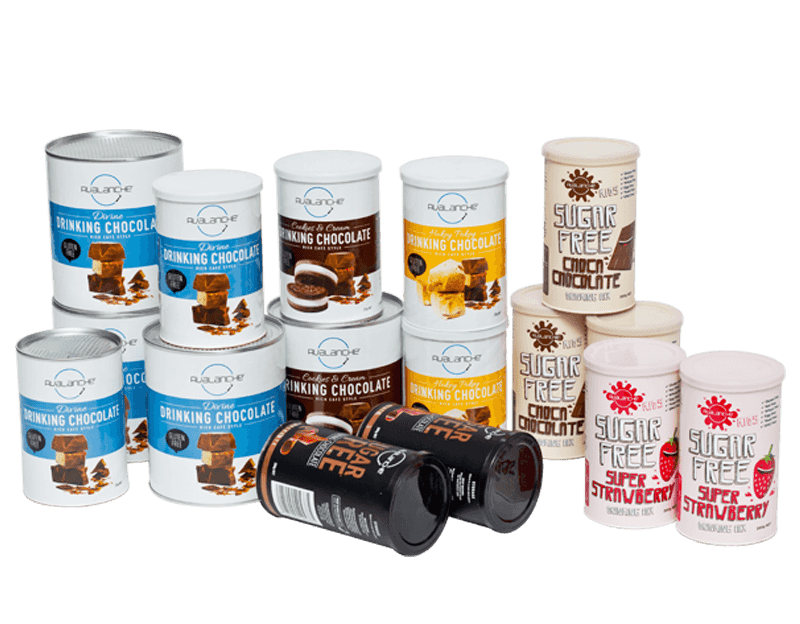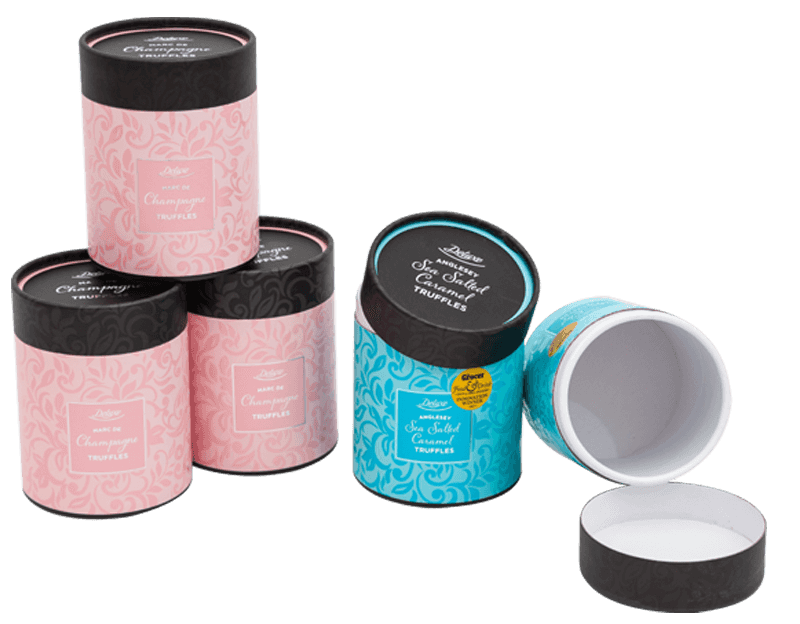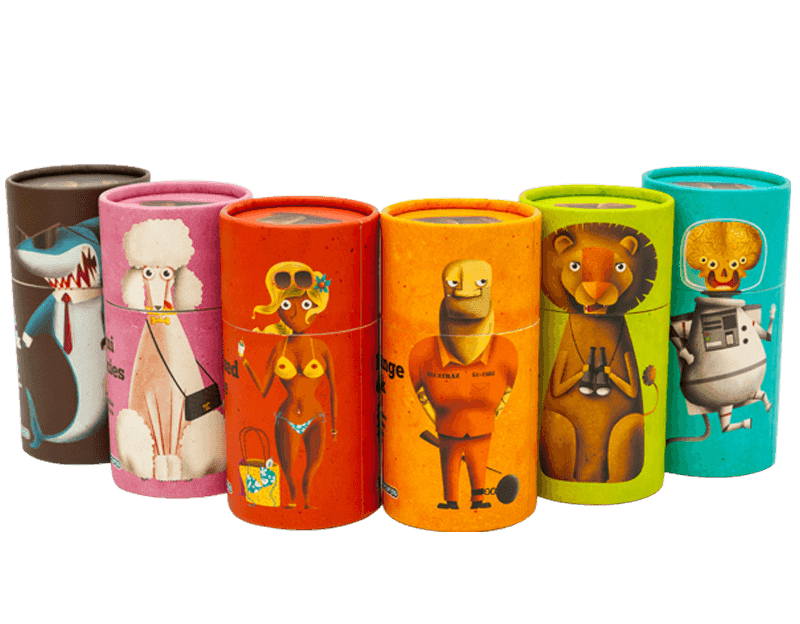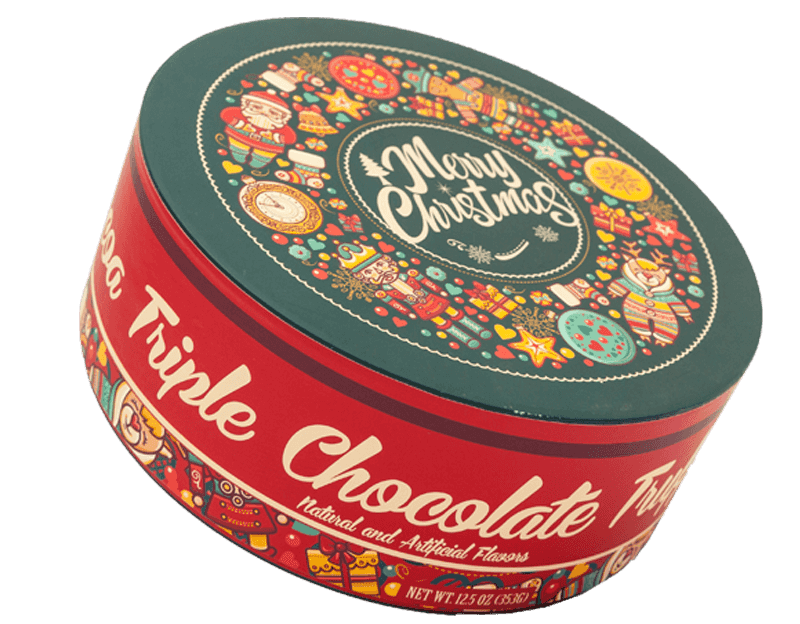As one of the top China cardboard tube packaging manufacturers and paper tube packaging suppliers, we devote all of our efforts to research and launch more high quality packaging products to global market.
No longer dismissed as a fad or a function that will yield little ROI, sustainability is now at the forefront of retailer and supplier corporate objectives. Whether they buy into the warnings about climate change or dismiss it as a bunch of hot air, trading partners recognize that green initiatives offer a chance to build their brands and drive cost savings. As a result, new strategies aimed at reducing waste and conforming to environmental best practices in packaging are taking root.Wholesale Round Car Tissue Holders suppliers
At the VCF VisionSync 2009 Conference in Tampa, FL, June Anderson, partner at the Packaging Knowledge Group, said the business case for sustainability was given a major boost from the world's biggest retailer. Walmart is leading the way with its sustainable packaging initiative and its plans to develop eco-ratings for the products it sells, which she said will force other retailers to boost their sustainability efforts. "Walmart will be asking all of you to help it meet its packaging and sustainability goals." This means there is no better time for industry players to put packaging at the forefront of their cost-saving and sustainability efforts.
She said organizations should start by developing their vision and goals around sustainable packaging, gather data and identify key metrics that will help them measure and assess performance. They should observe what peer companies are doing in designing products and packaging and develop programs for continuous improvement. Some of the metrics currently being measured in many organizations include reducing emissions and waste, cutting back on water and electricity consumption, and utilizing alternative resources in making products and packaging.
Companies must also consider the elements of packaging that they cannot afford to lose. They cannot compromise on:
Containment: The ability to hold the product
Protection: Maintaining the integrity of the product and protecting it from the environment while protecting the environment from the product
Communication: Communication with the consumer is paramount. Packaging must contain information about the product's value so it will sell, as well as required regulatory information
Utility/Convenience: Package features that convey product function and performance and addresses ease-of-use
Today, Anderson noted, materials and converting processes are mostly fossil fuel based, although some cutting edge companies are making the conversion to renewable energy sources. "In the future, you will see more and more companies making the transition. " She cited the examples of wind turbines on top of the exterior lighting at some Walmart stores. In determining carbon footprints, "it is a well known fact that nearly 75% of the impact comes from the supply chain and is unreported." Ultimately, many changes in business practices will be required.
Anderson identified six steps to achieving sustainable packaging that makes sound financial sense.
Eliminate Materials: Optimize the design of packaging that reduces space and eliminates unnecessary materials. As an example, she showed a lightweight HP Notebook computer that is sold in a messenger bag. This has reduced consumer packaging by 97%, a tremendous cost savings. Moreover, overall packaging waste was reduced by 65% as the messenger bag is made from 100% recycled materials.
Change Materials: Utilize virgin materials from renewable sources and design for recycling and re-use. One example was a Lexmark print cartridge package made with SmartCycle 150 PET, which replaces PVC, and can be recycled. Another example was from a company which supplies Cargo Cosmetics with VegetalPlastic for one of its make-up lines. The tube is made from PLA, a product that saves 60% of fossil fuels compared with traditional polymer and reduces greenhouse gases by 90%. Also, the carton is made out of recycle paper infused with wildflower seeds. Just moisten the carton and plant it!
Reduce Materials: Use only the amount of material necessary and optimize product design. Nestle Water claims to have the "lightest half liter beverage container in the world" that uses 30% less plastic than previous containers and contains a label that is 30% smaller, she noted.
Improve Cube Utilization: Redesign packaging for optimal cube utilization and easier transport. Anderson showed photos of watermelons grown in boxes so they would be square and easier to stack in the retail stores and during the shipping process. In another case, Sam's Club has changed the design of milk jugs to a square shape. The result is that trucks hold 4,707 more gallons (9% of capacity) which reduces shipments and saves 667,000 metric tons of carbon being released into the atmosphere, she said. The down side is that milk is harder to pour from square jugs and some consumers are literally crying over spilt milk. Ultimately, Anderson said, Sam's Club must weight the pros and cons of this new design and estimate whether the savings outweigh the cost of consumer complaints.
Change Energy Sources: Use renewable energy sources for manufacturing and distribution and participate in renewable energy credit programs to drive demand. In one case that Anderson cited, Origins cosmetics uses paperboard for its outer packaging. This includes 100% renewable energy for paper production, converting and printing.
Change the Product: Optimize product design for less packaging need. The widespread use of concentrated laundry detergent serves as a good example, she said. It has three times less water in it than traditional detergents. A 32 ounce bottle will wash 32 loads, while the traditional 100 ounce bottle is needed to wash the same amount. The results are 55% less plastic used, 50 million pounds of plastic and 300 million gallons of water saved annually, the elimination of 750 million square feet of corrungated warehousing and reduced shipping costs as 200% more product is shipped per truck. For the retailer, the product uses only half the shelf-space. In May 2008, Walmart switched its entire laundry category to concentrates.
Anderson also cited that case of Nike, which introduced the Nike Trash Talk line of basketball shoes made entirely from manufacturing waste. The upper shoe is pieced from leather and synthetic wastes from the factory floor and the mid-sole uses scrap-ground foam from factory production.
 English
English Español
Español
